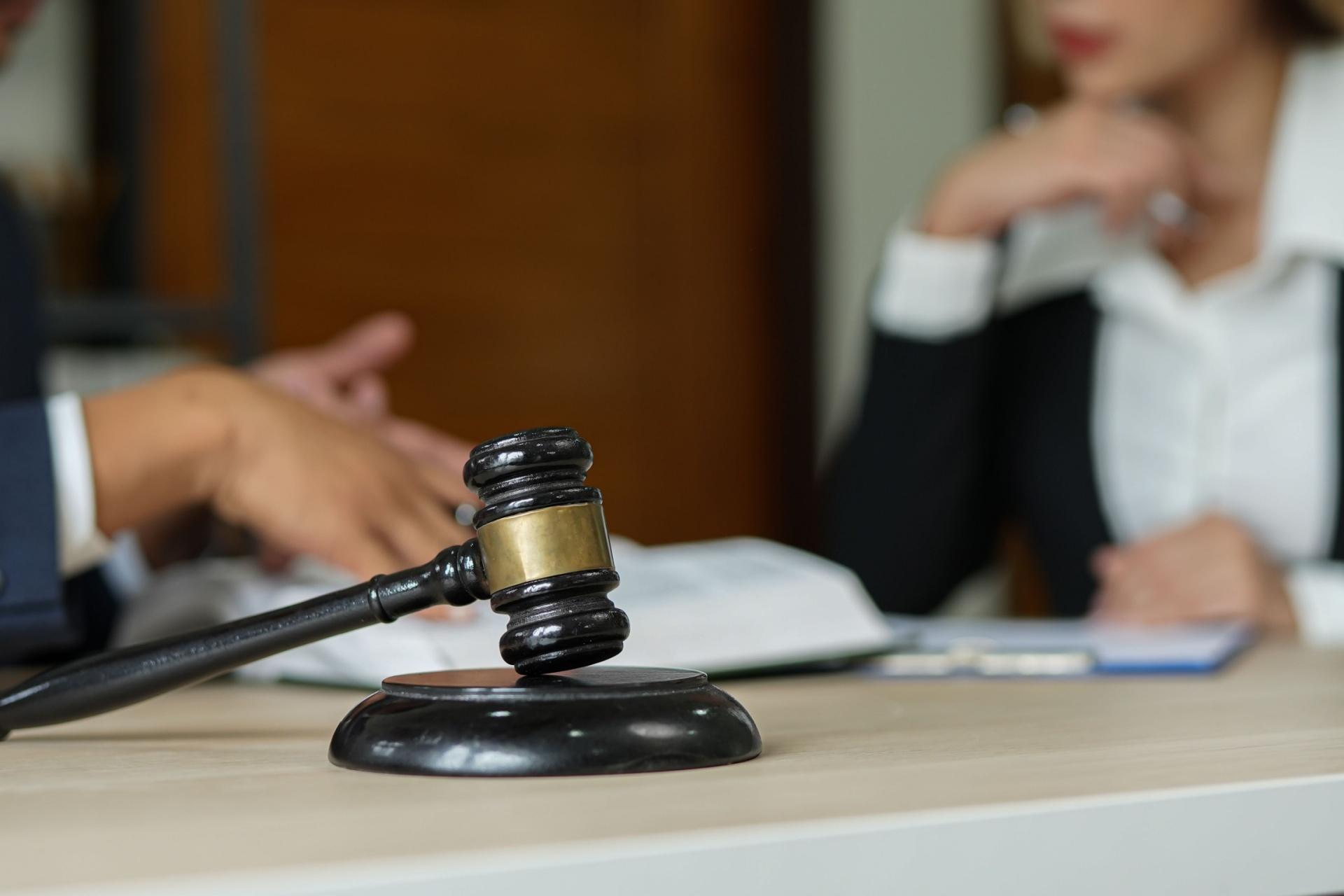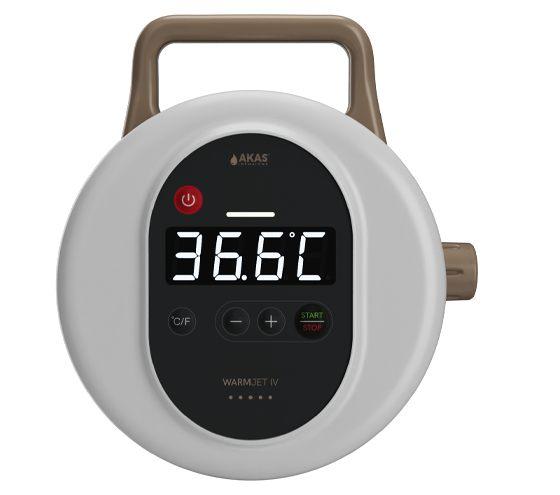A Comprehensive Guide to Deposition Errata Sheets

In the world of legal proceedings, the deposition errata sheet often generates debate. Some legal professionals believe it's only meant to correct minor errors, like transcription mistakes, while others argue that witnesses should be allowed to make more substantial changes to their testimony. Given the importance of Rule 30 of the Federal Rules of Civil Procedure (FRCP), it's essential for attorneys to understand how errata sheets affect the deposition process and how to use them appropriately to maintain the integrity of the court record.
What is an Errata Sheet in a Deposition?
An errata sheet is a document attached to a deposition transcript that allows a witness to make corrections to any mistakes or inaccuracies. While the errata sheet is not part of the main transcript, it is still considered a part of the official court record.
Under Rule 30 of the FRCP, the errata sheet process includes the following key points:
-
Witness Review: The deponent (witness) has the right to review and sign the transcript before finalizing it.
-
30-Day Window: Once the court reporter completes the transcript, the deponent has 30 days to read and sign the errata sheet, noting any changes.
-
Written Explanation: Any changes made must be explained with a signed statement that justifies the alterations.
Why is the Errata Sheet Process Crucial?
The purpose of the errata sheet is to correct factual errors or transcription mistakes—not to alter the substance of the witness’s testimony. This means a witness should not use the errata sheet to change their answers, add new details, or adjust the meaning of what they originally said.
If lawyers fail to carefully review and manage the errata sheet, improper changes could end up in the court record, potentially harming the credibility of the witness and affecting the case’s outcome. Ensuring proper handling of the errata sheet is key to safeguarding the integrity of the legal process.
When Are Substantial Changes Permitted?
The ability to make significant changes on an errata sheet depends on the jurisdiction, so it’s important for attorneys to understand how local rules interpret Rule 30. Here are the three common approaches to errata sheet corrections:
1. Case-by-Case Approach
In some jurisdictions, courts evaluate changes on a case-by-case basis, considering the timing and nature of the changes. If the changes contradict earlier testimony or are made right before dispositive motions, the court may reject them. This approach allows flexibility but introduces unpredictability.
2. Traditional Approach
This is the most common method, allowing witnesses to change anything on the errata sheet as long as it follows Rule 30’s procedural requirements. For example, a witness might change a "yes" answer to a "no" answer, as long as they provide a reasonable explanation for the change.
3. Narrow Approach
In jurisdictions that follow the narrow approach, changes are restricted to correcting transcription errors only. Any material changes to the substance of the testimony are generally not permitted. This interpretation was upheld in the Greenway v. International Paper Co. case, where the court ruled that Rule 30 should not be used to allow a witness to change sworn testimony.
How Should Changes Be Made?
If a witness needs to make changes to their deposition, they must provide a clear and thorough explanation of why each change is necessary. A vague justification, such as "for clarification," will not suffice. For example, if a witness changes their answer from "no" to "yes," they must provide a detailed explanation for the revision.
If the court’s errata sheet form doesn’t offer enough space for a comprehensive explanation, attorneys may create a custom form. Additionally, since most depositions are now recorded, it’s crucial to ensure that the reasoning behind each change is supported by the deposition video or audio.
Can the Errata Process Be Abused?
While the errata sheet allows for changes, it is not without limitations. If the changes seem intended to manipulate the record or create a false impression, the opposing party can challenge the errata sheet. Under the sham affidavit doctrine, the court may disregard changes if they are seen as an attempt to fabricate an issue that contradicts the original deposition.
Courts may also reject changes based on excuses like language difficulties or a witness’s inexperience with depositions, unless there is sufficient evidence that these factors affected their testimony. If the errata sheet renders the deposition unreliable or contradictory, the party that conducted the deposition may seek to reopen the examination.
Importantly, the original deposition answers remain part of the official court record, and they can still be used at trial. If a witness makes changes to the errata sheet, they must be prepared to explain those changes during trial.
Preserving the Integrity of the Deposition Record
Even though Rule 30 allows for corrections, it’s essential for attorneys to guide their witnesses through the errata sheet process carefully. The goal is to ensure that any changes are made for legitimate reasons, such as correcting factual errors or clarifying statements.
Witnesses must be prepared to justify their changes with clear and reasonable explanations. As a lawyer, it’s your responsibility to ensure that the errata process is used appropriately and that any modifications to the deposition are well-documented and justified.
Conclusion: Understanding and Managing Errata Sheets
The errata sheet is a valuable tool for correcting errors in deposition transcripts, but it must be used carefully. Witnesses can make corrections, but those changes should be limited to correcting factual errors or clarifying previous statements. As an attorney, it’s essential to review the errata sheet thoroughly to ensure that only appropriate changes are made and to prevent any potential abuse of the process.
By managing the errata sheet process with transparency and attention to detail, you help maintain the accuracy and integrity of the deposition record. At OASinc, we are committed to supporting legal professionals through this process, ensuring that all changes are made responsibly and in full compliance with the law.
الأقسام
إقرأ المزيد
StaminUp Male Enhancement Gummies Singapore are made from a blend of natural ingredients that are carefully selected for their ability to promote male sexual health. These ingredients may include herbs, vitamins, minerals, and other nutrients known for their aphrodisiac and performance-enhancing properties. Unlike traditional pills or capsules, these gummies offer a convenient and...

"Executive Summary Off-Grid Solar PV Panels Market Size and Share: Global Industry Snapshot The global off-grid solar PV panels market size was valued at USD 2.87 billion in 2024 and is expected to reach USD 5.98 billion by 2032, at a CAGR of 9.60% during the forecast period Off-Grid Solar PV Panels Market report offers the most appropriate...

Dental emergencies rarely come at convenient times but in Burton upon Trent, getting urgent care doesn’t mean putting your life on hold. Whether it’s sudden tooth pain, a chipped crown, or an unexpected injury, local emergency dentists offer same-day appointments, early morning slots, and weekend availability. These flexible systems ensure fast relief without long waits or major...

In the fast-paced digital landscape, press releases have transformed from being a purely journalistic tool into a powerful search engine optimization (SEO) asset. They no longer just announce news—they’re an opportunity to boost your search rankings, drive targeted traffic, and strengthen online visibility. When crafted strategically, an SEO-optimized press release can get your...

Infection control remains a cornerstone of patient safety within hospitals and medical institutions. Every device and protocol is scrutinised to reduce the risk of healthcare-associated infections (HAIs). Among these, Fluid Warmer Machine, or simply fluid warmers, play an essential but sometimes overlooked role in maintaining sterile and safe clinical environments. 1. The Role of Fluid Warmers...




